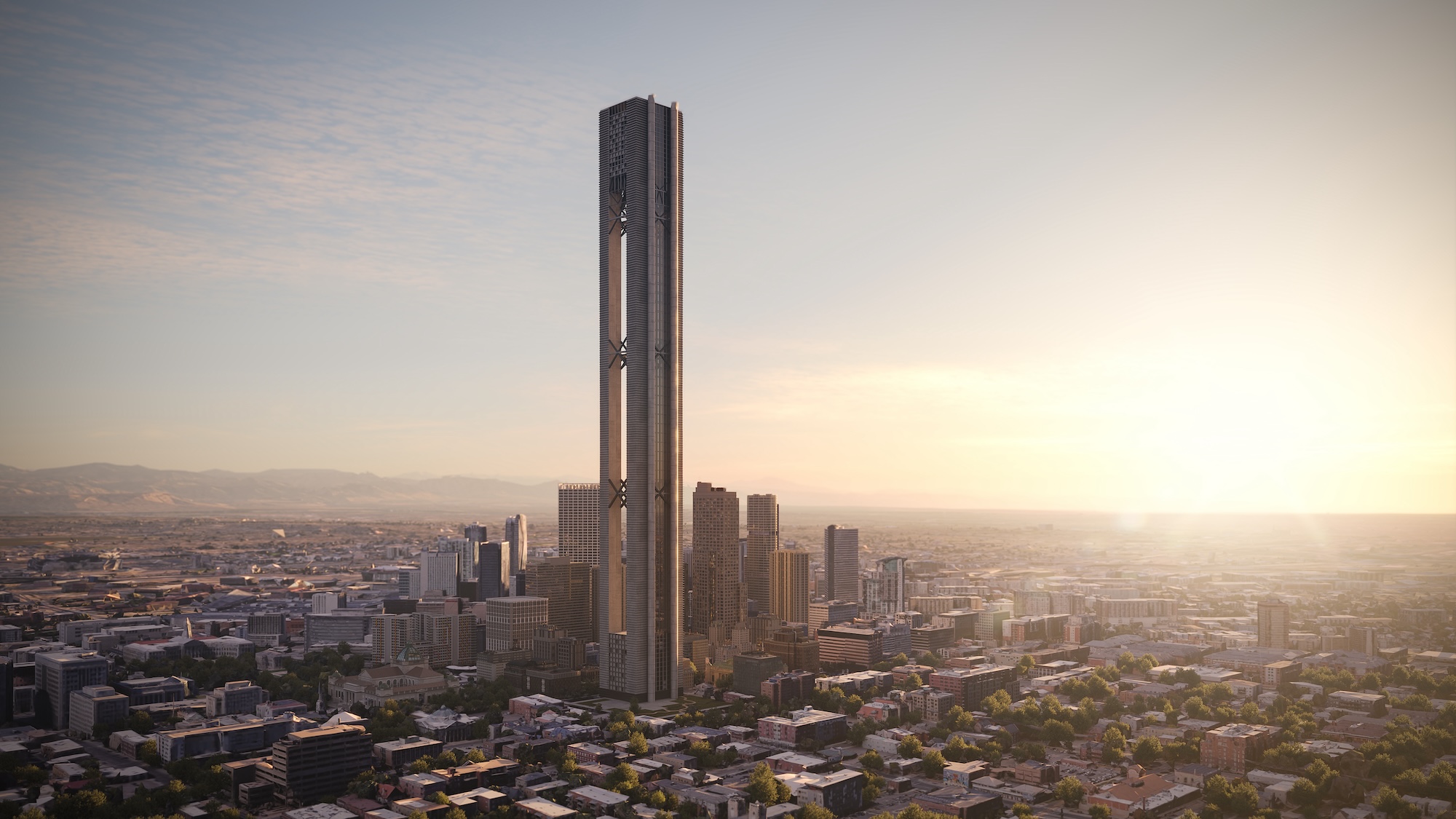

Towering (some might say, decadent) superstructures continue to capture the imaginations of investors—but at least some skyscrapers are now being designed to pull their own weight. According to a recent announcement from Energy Vault Holdings and Skidmore, Owings & Merrill (SOM), architects and engineers are planning to construct 1-km-tall (3,280 feet) buildings that harness their dizzying heights for gravity-based energy generators and batteries.

The underlying principles behind Energy Vault’s gravity energy storage systems (GESS) are all sound. First, build a hollow structure as much as 1,000-meters-tall with a tethered weight installed inside it. Excess energy generated by renewable energy or a nearby energy grid then raises the weight to the top of a superstructure—presumably the system generates more energy than is needed to do that. In any case, the weight is then released so its descent subsequently helps power a generator system. Repeat as needed and you have a new way to create and store energy for not only the building itself, but potentially nearby connected structures as well.
The company claims its suite of power production schematics, G-VAULT, will allow superstructures to generate and store multi-GWh of electricity while enabling a “carbon payback” within three to four years. Energy Vault has also designed a similar system that replaces the weight with a water pump to run the tower’s turbines. Regardless of which design is used, the company intends to employ eco-friendly materials as well as “the ability to integrate waste materials for beneficial reuse” in order to help transition society towards a circular energy economy.
[Related: Oklahoma City plans to have the country’s tallest skyscraper.]
As New Atlas notes, however, it’s probably a smart idea to treat this endeavor’s announcement with a bit of skepticism. Energy Vault has so far focused primarily on testing a much smaller, tangential systems capable of storing 25 MW/100 MWh of power. Then there’s all the countless logistical issues to consider such as building weight, overall efficiency, and day-to-day maintenance of a GESS design. A gravity-based generator will likely also need to be considerably large to be of any use to a 1km-tall superstructure—which could defeat its purpose if there’s little space left for actual people inside.
For what it’s worth, Energy Vault’s collaborators at SOM are no strangers to heights—the architectural firm is responsible for the world’s tallest building (Dubai’s Burj Khalifa) along with multiple runners-up like the Tianjin CTF Finance Center, Willis Tower, and One World Trade Center. But whereas these existing mega-skyscrapers are mostly just ridiculously tall, maybe this potential project could actually put all that altitude to good use.
UPDATE 05/04/2024 3:36PM: This article has been updated to better reflect Energy Vault’s recent research.
